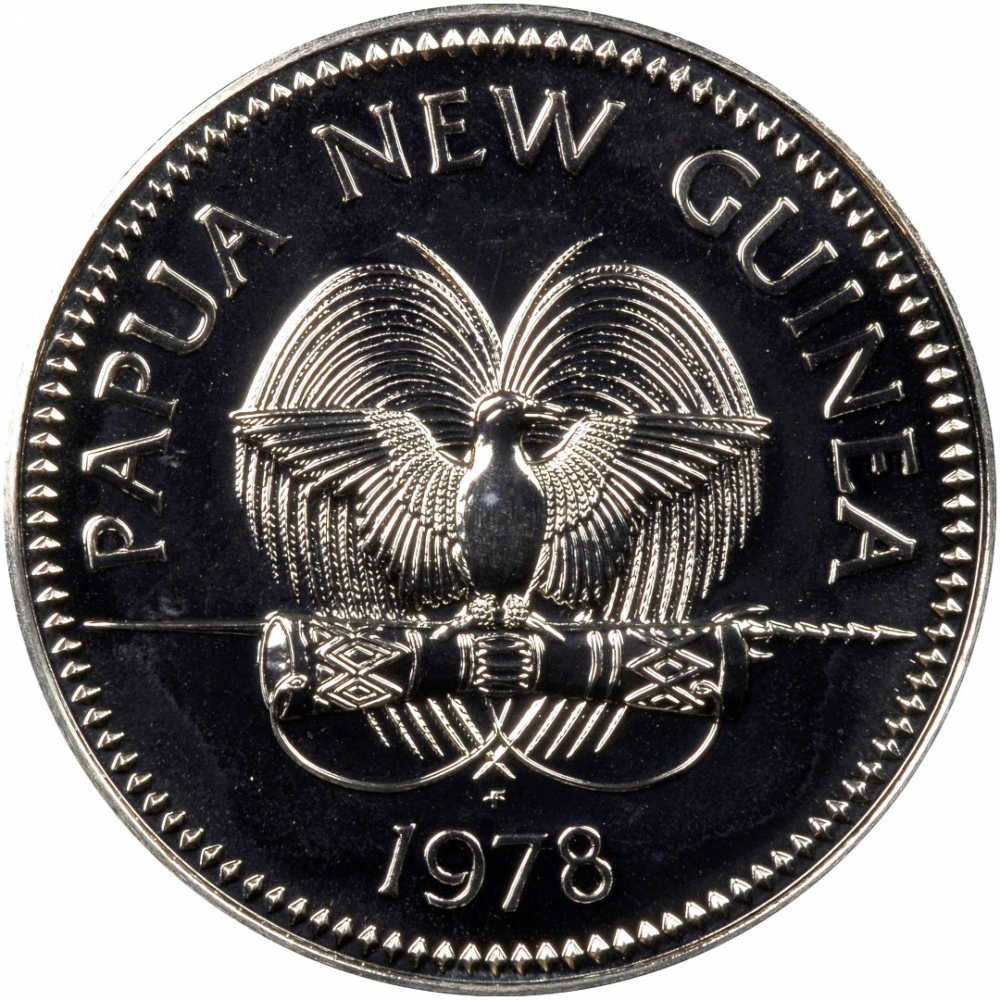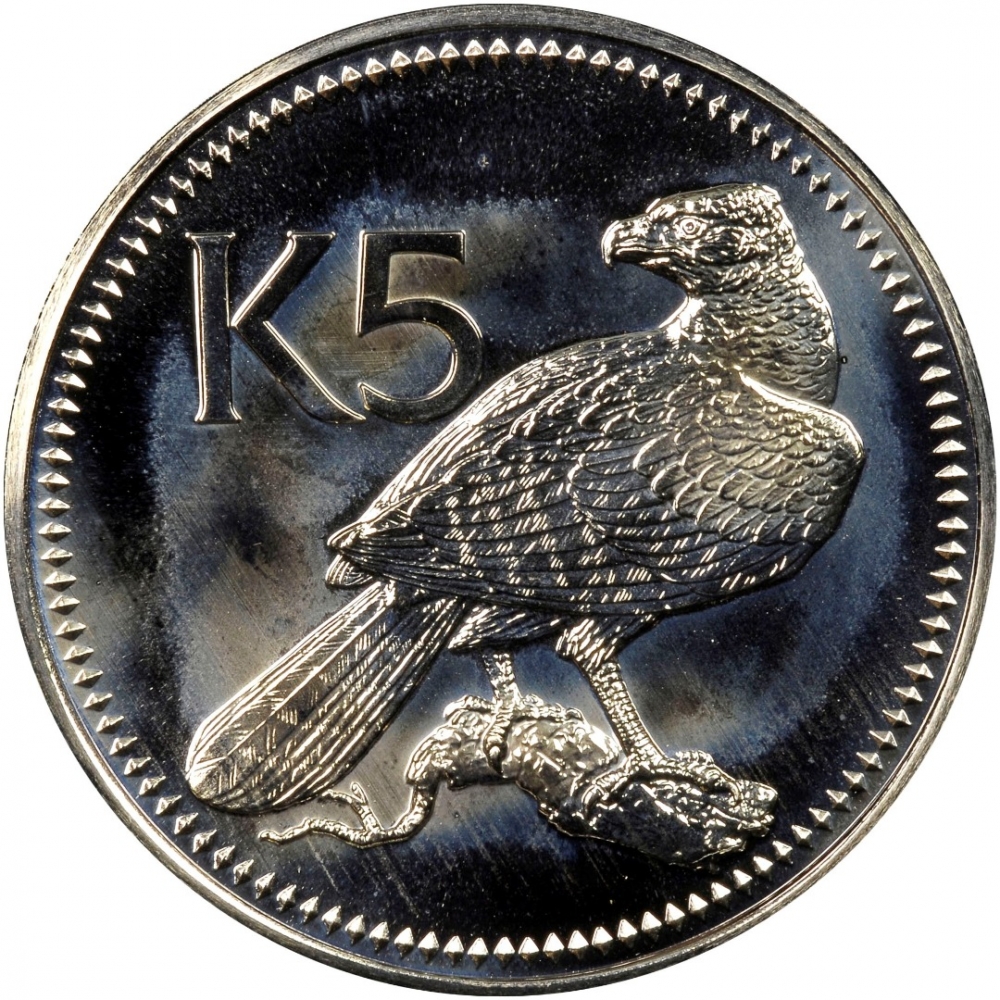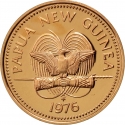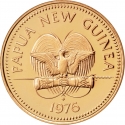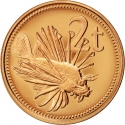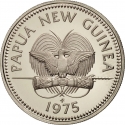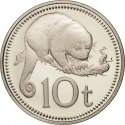You are about to finish your registration. Please check your mailbox (including spam folder). There should be a letter with a confirmation link. Check setting to make sure that your e-mail address is correct.
Send letter againDescription
Papua New Guinea is an Oceanian country that occupies the eastern half of the island of New Guinea and its offshore islands in Melanesia, a region of the southwestern Pacific Ocean north of Australia. Its capital, located along its southeastern coast, is Port Moresby. The western half of New Guinea forms the Indonesian provinces of Papua and West Papua.
At the national level, after being ruled by three external powers since 1884, Papua New Guinea established its sovereignty in 1975. This followed nearly 60 years of Australian administration, which started during World War I. It became an independent Commonwealth realm in 1975 with Queen Elizabeth II as its head of state and became a member of the Commonwealth of Nations in its own right.
The kina is the currency of Papua New Guinea. It is divided into 100 toea.
Obverse

|
Depicts the national emblem of Papua New Guinea, the state name above, date and mintmark (if any) below. PAPUA NEW GUINEA |
|---|---|
Reverse

|
Depicts a Papuan eagle, value on the left. K5 |
| Edge |
Characteristics
| Material | Cupronickel |
| Weight | 25.7 g |
| Diameter | 40 mm |
| Thickness | - |
| Shape |
|
| Alignment | Medal |
| Mint |
Franklin Mint (FM)
|
